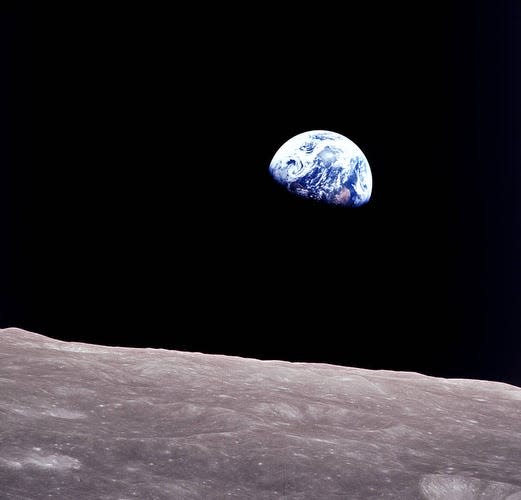Climate change, simplified: Grandma's greenhouse and a closed car on a sunny day
Anyone who stepped inside their grandmother’s greenhouse on a cold February morning will recall the inquisitiveness its warmth inspired. Anyone who has also experienced the scorching temperature within a car parked in the sun may have connected the dots between these two phenomena.
My grandmother’s explanation satisfied the curiosity of a child, and the scorching car interior was explained by a college physics professor. Essentially, the chemistry of glass allows the sun's radiation (short-wave) in, but traps the secondary form of radiation (long-wave) emitted by the things the sun warms inside the greenhouse or car. Thus, glass creates a heat trap.

Earth’s atmosphere protects us from the frigid and lifeless universe that surrounds us. Mars, for example, has a very thin atmosphere and an average temperature of 81 degrees below zero. While our atmosphere is just right for life as we know it to thrive, its chemistry cycles over tens of thousands of years between oxygen rich and carbon rich, and our planet freezes and warms along with those cycles of atmospheric chemistry. Oxygen rich atmospheres do not trap long-wave radiation and, therefore, preceded the various ice ages on Earth – the last being more than 20,000 year ago. Carbon rich atmospheres do trap long-wave radiation – just like glass does – and preceded the very warm periods on Earth when dense plant life and forests extended to the now icy extremes of our planet’s north and south.
More on climate: Impacted by climate change? Palm Beach County wants to hear from you.
Understanding what causes these cycles in atmospheric chemistry is helpful knowledge. A warm planet covered in vegetation is a greenhouse with the vents open. The plants thrive because it is warm. However, since plants “exhale” oxygen and “inhale” carbon, they slowly create an oxygen rich atmosphere that does not trap long-wave radiation and the planet cools very slowly. Conversely, the icy periods of our planet reduced plants and oxygen significantly and injected huge amounts of carbon into the atmosphere by the slow death and decay of the once dense vegetation. Eventually, a carbon rich atmosphere emerges, long-wave radiation is trapped, the planet warms, the ice melts and plants regain their place on Earth. The cycle continues.

Between the years 1250 and 1850 Earth experienced what is referred to as the “mini ice age” – possibly the beginning of a long cooling period. Around 1760 the Industrial Revolution began and a different source of carbon – human activity – began to alter the cyclical nature of our atmosphere’s chemistry. Today, the heat trapping characteristics of a carbon rich atmosphere are greater than they have been in millions of years, and are increasing.
We know where this cycle leads. The only question is how fast can we alter human activity to shift the chemistry, lower the windows on the car in the sun, open the vents on my grandmother’s greenhouse, and stop the warming before we have rainforests in Antarctica and oceans levels 35-feet above present.
Timothy Hullihan is an architect living in North Palm Beach.
This article originally appeared on Palm Beach Post: What is causing climate change: Understanding the Earth's cycles

